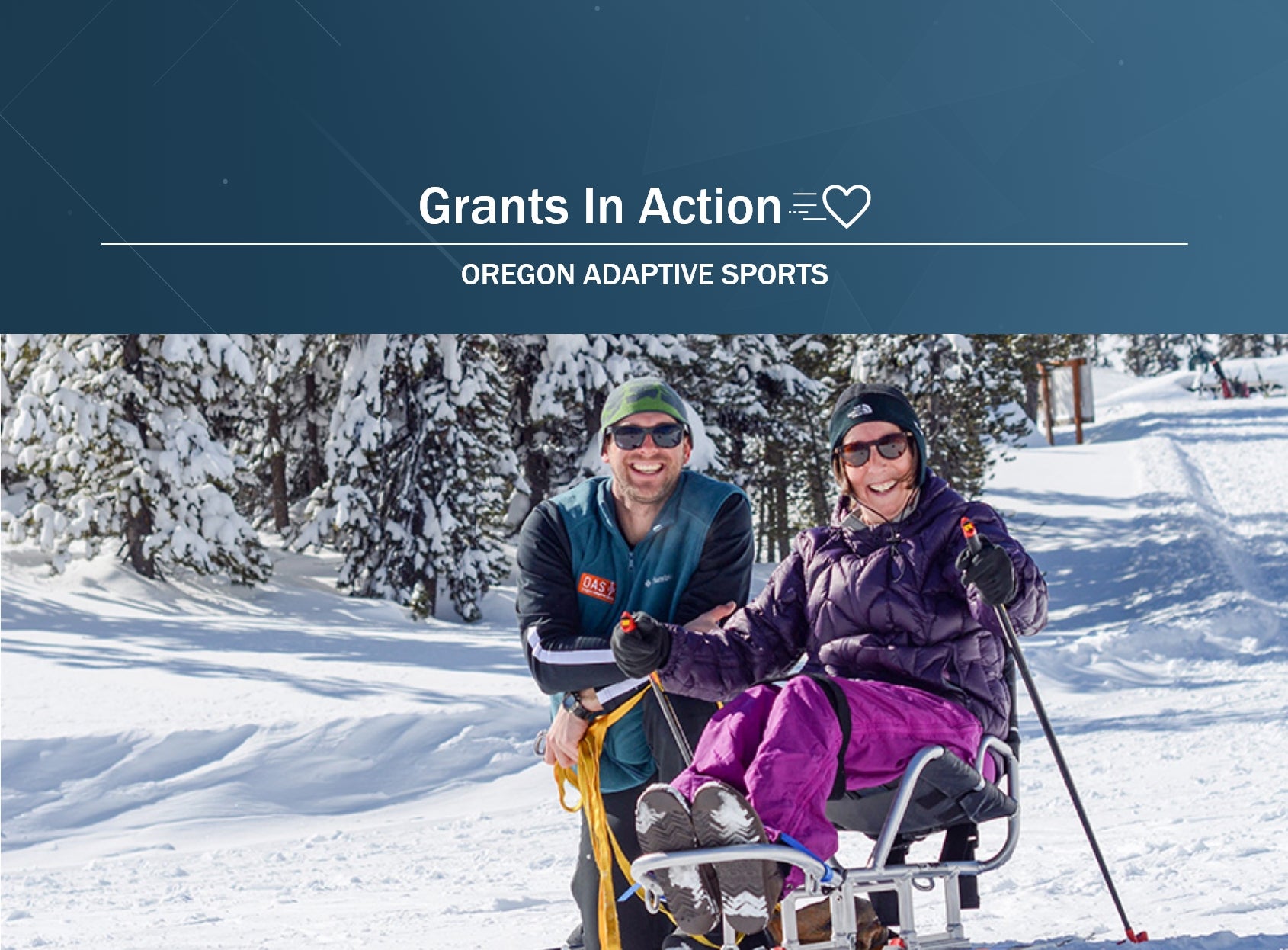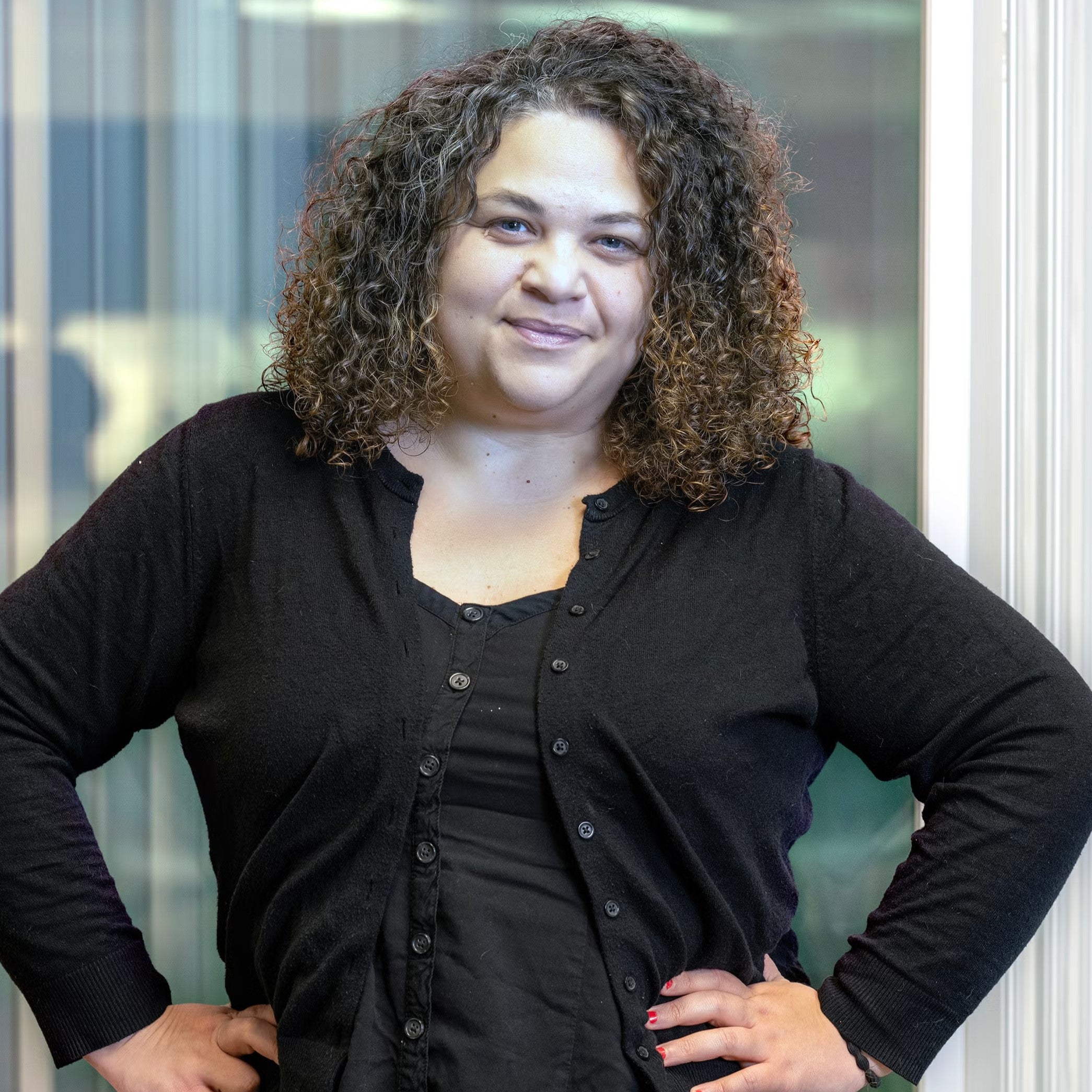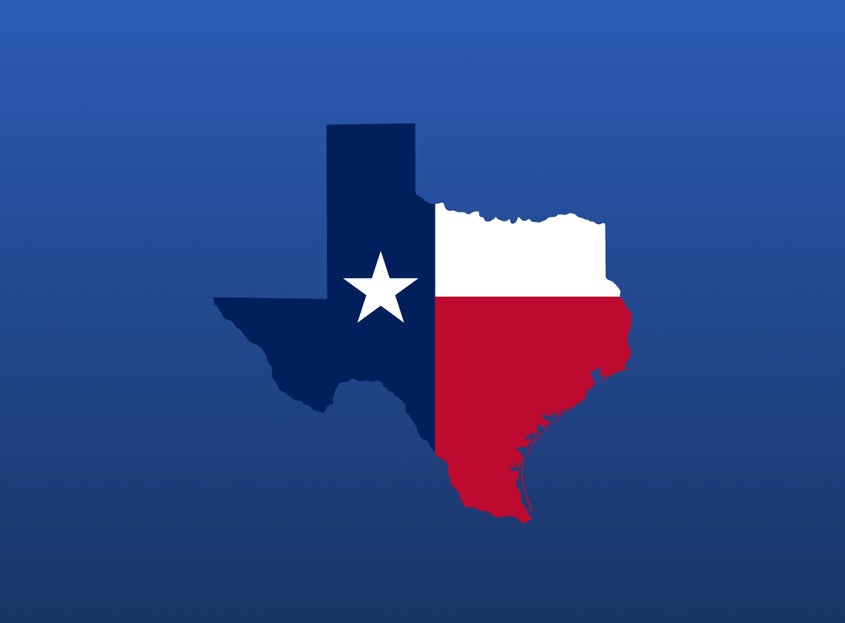Oregon Adaptive Sports: Making Outdoor Recreation Accessible to All

Skiing is more than gliding downhill on snow. Golfing goes well beyond swinging a club on a course. Mountain biking isn’t just pedaling on a path. To Cara Frank, the development director of Oregon Adaptive Sports (OAS), participating in these recreational activities can bring a whole new outlook on life, especially for individuals with disabilities.
“Getting outside builds decision-making, strategic thinking, improves connections between the brain and body, empowers one’s self-esteem [and] helps develop peer relationships,” Frank says. That deeper understanding of what outdoor sports and recreation can do for the mind and body is the driving force behind OAS, a nonprofit organization providing year-round access to outdoor experiences.
Established in 1996, OAS addresses the crucial need for inclusion in outdoor recreation because, as Frank explains, “adaptive sports help combat stigma by showcasing individuals’ abilities.” With a small but dedicated staff (including programming and administration) and a roster of over 300 volunteers, OAS offers programming ranging from private lessons to community events.
In the summertime, OAS focuses on activities like cycling, mountain biking and golf, while the winter months bring Alpine skiing, Nordic skiing, snowboarding and snowshoeing.
Having access has had “a profound impact” on the athletes, as well as their families. Frank says that, time and time again, they hear outdoor adaptive sports empowers, increases confidence, improves physical health, enhances mental well-being and, “most often, [gives] a sense of belonging.”
The Bend, Oregon region has what Frank calls a “deep-rooted outdoor culture” which benefits the organization, which is headquartered and operates in the city. “The mountains, the expansive trail network and the lakes serve as a wonderful platform: we are fortunate to have this all in our backyard.”
However, what Frank credits the most for the success of OAS is the community commitment to their work. “We wouldn’t be where we are without our amazing volunteers, program partners and donors.”
In the winter of 2023/2024 alone, Frank says that OAS served more than 400 individual athletes and provided over 1,300 experiences. She also reports that OAS has seen more and more gifts “come in through donor-advised funds (DAFs).”
Having this wide range of opportunities (including a scholarship program for newcomer athletes to receive their first three lessons at no cost) can be made in part, Frank credits, to long-term and trust-based gifts made by donors.
Unrestricted giving, in particular, provides OAS with stability and “the flexibility to allocate resources to where it’s needed most, whether its operational expenses, program development or addressing an emerging need.”
These gifts aren’t just financial, though. As Frank stresses: “it’s an investment in a legacy of inclusion that resonates far beyond the mountain and the trails. Together, we’re shaping a future where every person with a disability has access to the benefits of outdoor recreation.”
Photo courtesy of Oregon Adaptive Sports
NPT is not affiliated with any of the organizations described herein, and the inclusion of any organization in this material should not be considered an endorsement by NPT of such organization, or its services or products.
NPT does not provide legal or tax advice. This blog post is for informational purposes only and is not intended to be, and shall not be relied upon as, legal or tax advice. The applicability of information contained here may vary depending on individual circumstances.


